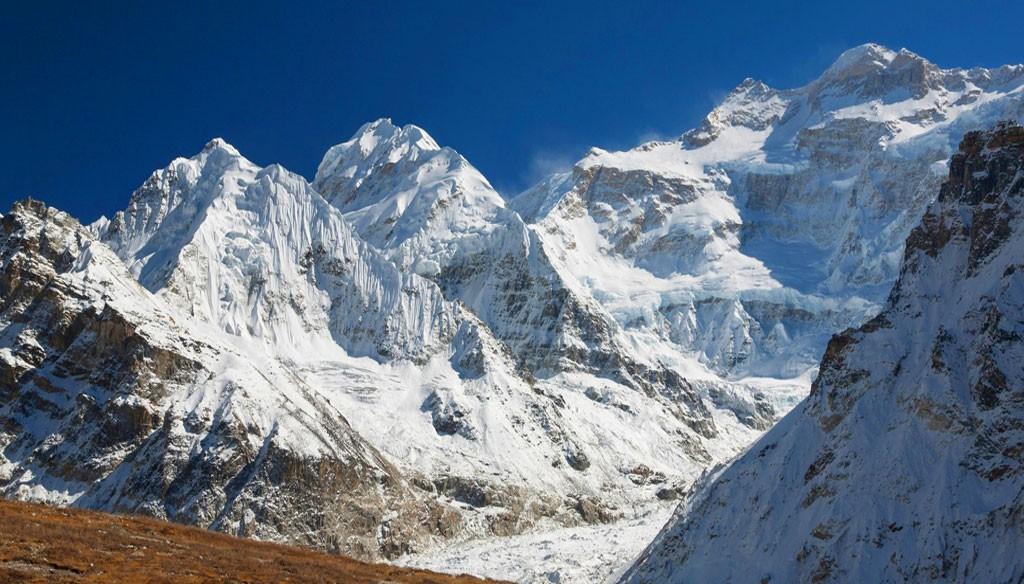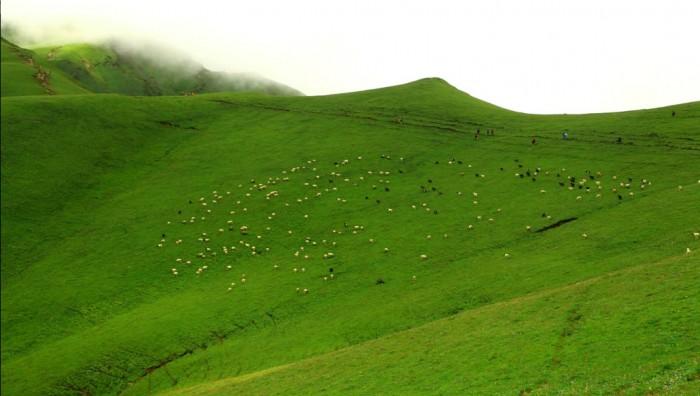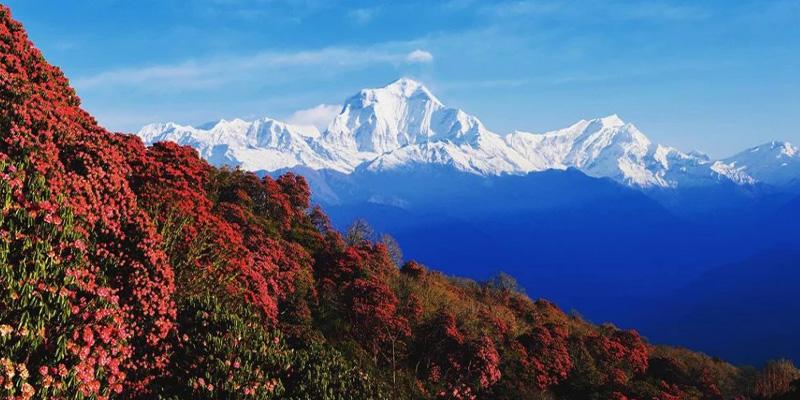Mardi trek
- Author : shreeti
- Date : 26th September, 2024
- Time : 1 Min Read
- Euphoria
- Blog Detail
Introduction Hey there, fellow adventurers! Today, I want to share with you my incredible journey trekking through the breathtaking landscapes of the Mardi Himal trail in the majestic Himalayas. Join me as I recount the highlights, challenges, and unforgettable moments of this once-in-a-lifetime experience. Mardi Himal Trekking Preparing for the Trek Before setting off on my Mardi Himal adventure, I made sure to do thorough research and preparation. From selecting the right gear to getting necessary permits, every detail mattered. Trust me; you don’t want to forget those sturdy hiking boots or your trusty rain jacket! Day 1: Kathmandu to Pokhara The journey began with an exhilarating flight from Kathmandu to Pokhara, where the anticipation for the trek ahead filled the air. As we soared above the clouds, I couldn’t help but marvel at the breathtaking views of the Himalayan peaks peeking through the mist. Day 2: Pokhara to Deurali With excitement bubbling in my veins, we embarked on the first leg of our trek, heading from Pokhara to Deurali. The trail meandered through lush forests, quaint villages, and terraced farmlands, offering glimpses into the local way of life. Days 3–5: Trekking to High Camp The next few days were a whirlwind of adventure as we steadily ascended towards High Camp. Each step brought us closer to the towering peaks of the Annapurna range, with jaw-dropping vistas unfolding at every turn. The camaraderie among fellow trekkers and the warmth of the local tea houses made the journey even more memorable. Summit Day: Reaching Mardi Himal Base Camp As the sun rose on summit day, we set out for the final push to Mardi Himal Base Camp. The air was crisp, the trail challenging, but the sense of achievement upon reaching our destination was indescribable. Standing in the shadow of the mighty Himalayas, I felt a profound connection to nature and a deep sense of gratitude for this unforgettable experience. Reflections and Farewell As I bid farewell to the Mardi Himal trail and began the descent back to Pokhara, I couldn’t help but reflect on the incredible journey I had just undertaken. From the awe-inspiring landscapes to the bonds forged with fellow trekkers, every moment had left an indelible mark on my soul. Conclusion In conclusion, trekking the Mardi Himal trail was truly a once-in-a-lifetime experience that exceeded all my expectations. If you’re craving adventure, breathtaking scenery, and a chance to push your limits, I highly recommend adding this trek to your bucket list. Trust me; you won’t regret it! So there you have it, my unforgettable Mardi Himal trekking experience. Until next time, happy trails, fellow adventurers!
Leave A Comment:
Author
Related Blogs
Thinking about a unique taste of wilderness trekking in Nepal, if so, Kanchenjunga Base Camp will be a perfect choice. A true paradise, one of the lea...
Badimalika trek is one of the best and most unexplored treks in west Nepal. Badimalika trek is one of the best treks in west Nepal providing an experi...
Ghorepani Poon Hill Trek is a perfect short beautiful journey in the Annapurna region. It is probably the most satisfying and finest destination in Ne...



